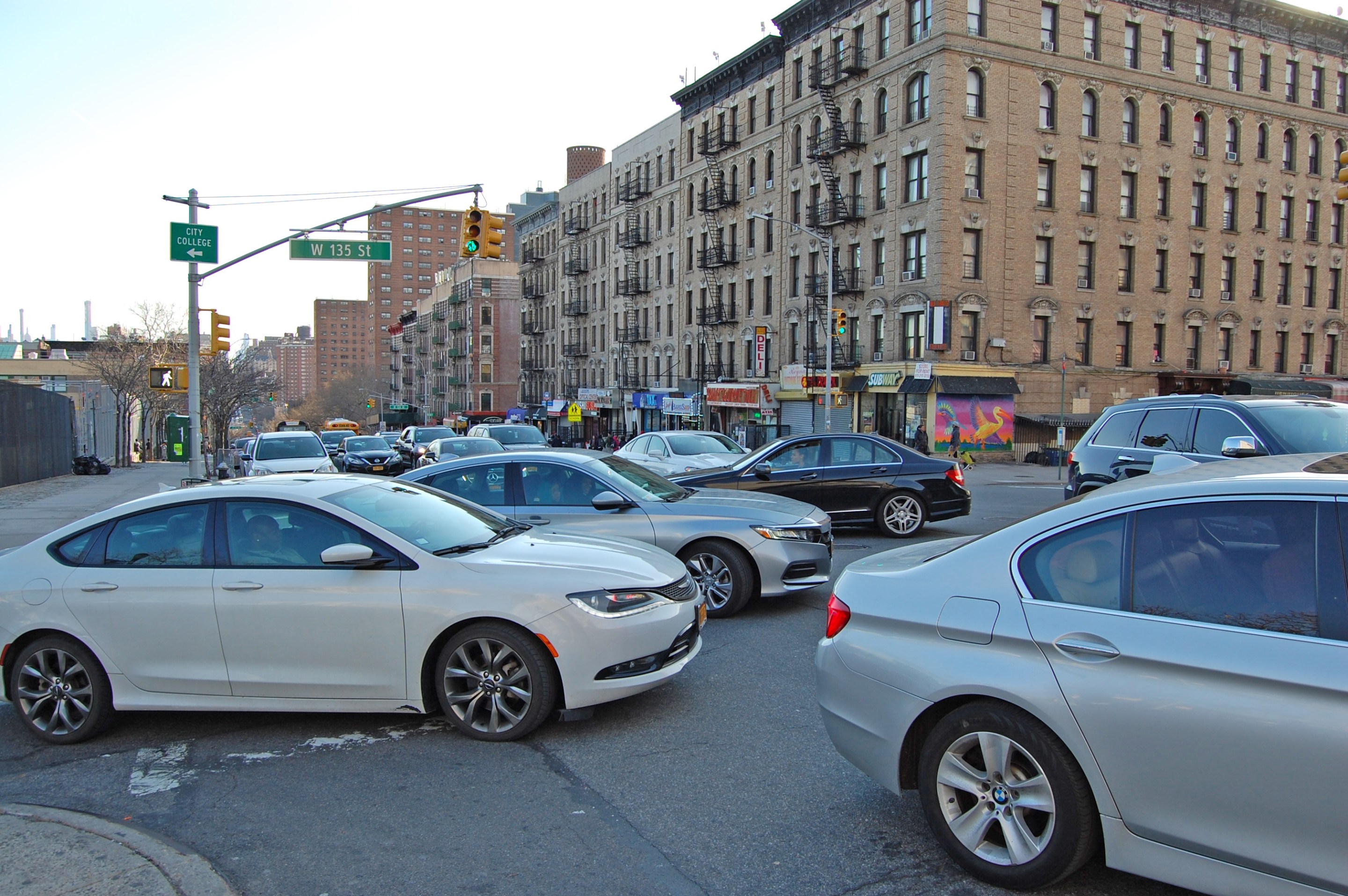With congestion pricing seemingly in limbo, it’s more important than ever for New Yorkers to unite in support. That means relinquishing various “exemptions fantasies” — the idea that this or that class of drivers should be exempted because of X, Y or Z.
Of all exemption claims, the most risible, for me, are those from my fellow Manhattan residents: “We’re not the ones causing the congestion.” “Our car is just to get us out of town on weekends.” “You’re trapping us in the zone.”
Haha, if you hardly drive or mostly drive off-peak, you’re not going to rack up huge tolls. But rave on, neighbors, while I punch up my BTA Excel model [download here] and calculate just how much everyone else’s tolls will have to be jacked to give you guys a blanket freebie.
The linkage, of course, is in the $1 billion a year “nut” that Gov. Cuomo built into his toll legislation that passed Albany last March. It’s a safe bet that when congestion pricing finally starts up, the toll levels will have been set to deliver just the minimum billion. If so, exempting downtown residents, or firefighters, or Nobel laureates, will force other drivers’ pockets to make up the difference.
Let’s see how much. Here’s the “dashboard” from my BTA model running “Fix NYC, Komanoff prediction” — my best guess for what congestion pricing delivering $1 billion a year will look like.

See the red-inked entry in the green panel, showing $1,020 million? That’s the model’s net revenue projection if round-trip tolls are $13 peak and $4 off-peak. The $13 is pegged to MTA bridge and tunnel tolls, which are on track to reach $13 round-trip early next year; the $4 off-peak toll was found by trial and error to yield $1 billion or a tad more.
Now look at the blue-inked entry in the burnt-orange panel showing that Manhattan residents are in line to cough up 8 percent of the congestion toll revenues. (Including the Uber and yellow-taxi congestion surcharges in effect since early 2019 boosts their share to 23 percent.) Let’s assign half of Manhattan’s 8 percent toll share, 4 percent, to people living south of 60th Street.
To calculate the revenue impact of zeroing out those tolls, go to the model’s Policy Levers tab and add 4 percent to the assumed 4 percent share of “non-revenue vehicles, making it 8 percent. The dashboard will now display net revenue of $920 million — a drop of $100 million. A round of trial and error shows that the loss can be made up by raising my assumed $13/$4 toll combo by 10 percent, making it $14.30 peak and $4.40 off-peak.
There it is: a carve-out for congestion zone residents will cause everyone else’s congestion charge to go up 10 percent. (Unsurprisingly, exempting all Manhattan residents, north of 60th Street as well as south, requires a 20 percent hike in the charge to keep generating $1,020 million.)
Think on it. How will residents of Queens or Brooklyn react to the prospect of 10 percent congestion toll surcharges just to exempt drivers who live in the zone? Hell, even without a surcharge, exempting Manhattanites will surely cause everyone else to flip out.
Yes, we knew that. This exercise merely quantifies the impact.
This was going to be my message to Manhattan CB1’s transportation committee on Tuesday. But the meeting ran long and my presentation was put off till April 7. Nevertheless, I did get to cite the projection from my model that traffic volumes on the three East River bridges from Brooklyn to Manhattan are going to drop by one-fourth once congestion pricing starts up; what a boon to residents, workers and businesses habitually choking on traffic on the affected streets (and another reason to turn from whining to supporting congestion pricing).
Perhaps because I provided that projection at the request of the committee chair, members seemed to take notice. Let’s hope they’ll also have a sanguine reaction next month to my exemptions calculations and their corollary: clamoring for resident exemptions from congestion pricing is a fool’s errand.
Charles Komanoff is the leading expert on congestion pricing modeling. The current version of Komanoff’s BTA model can always be downloaded via this link. Requires PC or Mac Excel (will not run on Google docs).






